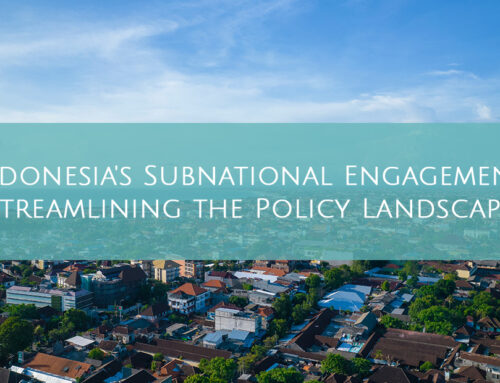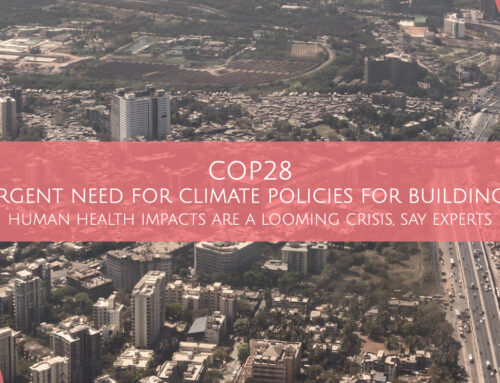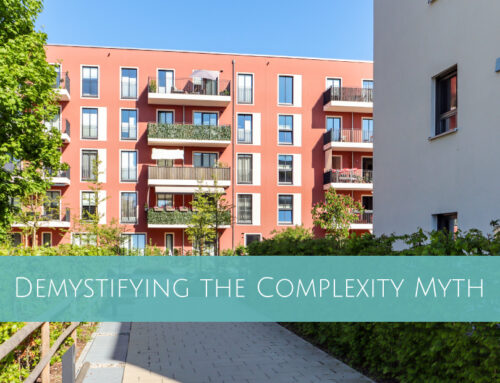Integrating Renewable Energy Requirements in Building Codes is Key to Helping the Building Sector Achieve its Mitigation Potential
At next week’s climate summit, the UN secretary general, Ban Ki-moon, will convene heads of state and government from around the world to lay the ground for the meeting in Paris next year, which is expected to forge a new agreement to cut global GHG emissions after 2020. In this context, our mission at the GBPN is to help policy makers and policy enablers, including program donors, design and implement strategies for reducing building-related GHG emissions through energy efficiency.
Integrating renewable energy requirements in building policies is not only critical to achieve the required market transformation, but needs to happen much faster than the current rate, in particular in developing countries. Without such action we risk locking in buildings high carbon emissions for decades to come.
Renewable Energy is a tricky policy topic right now. IEA’s latest forecast¹ sees renewable power facing growing risks to deployment over the medium term. Countries like Germany and China are increasing investments, while countries like Australia are considering scaling back. Unless policy and regulatory uncertainties are diminished, the expansion of renewable energy will slow down over the next five years says the report. Considering the enormous potential of energy savings from buildings that can be realised by shifting to deep path policies², we need to address this trend and support governments to take full advantage of renewables in order to reduce building energy demand, improve energy efficiency and increasing urban resilience.
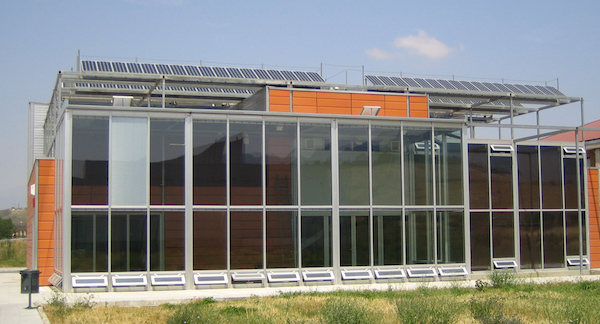
How does this work? In general, a decision to integrate renewables such as P.V. or solar hot water needs to be made as part of a holistic approach to reducing total building energy demand, and hence the marginal cost of including renewables technologies. This requires a more intelligent building design or renovation strategy aimed at integrating building design and equipment as systems. According to the IPCC³, taking such an integrated design approach to building energy performance can provide up to 70% more energy savings than simple technology upgrades. Integrating P.V.s and/or solar hot water have the added advantages of helping reduce the direct emissions associated with business as usual building energy use by between 15 – 68% and general electrical loads by up to 120% depending on the climate zone. In terms of specific end-uses, best practice on-site active solar systems can reduce off-site energy use for heating by up to 95%, for hot water by up to 100%, for cooling by up to 80% and for lighting and cooking by up to 30% each.
And what about resilience? Due to global warming, building cooling energy demand may increase by up to 70% compared to today’s levels, dramatically increasing building electricity consumption and peak-loads. By offering off-grid resources, solar PV and hot-water increase the resilience of essential building services by reducing the potential load on electricity grids, and vulnerability to impacts of natural disasters.
This is why best-practice jurisdictions require low-energy and building-integrated renewables in their building codes and policy packages. For example in France, Germany, Ireland it is mandatory for all new buildings to incorporate renewables; most other leading jurisdictions including California and China have requirements or guidance on integrating renewables – most are looking at moving to mandatory requirements in the near future. New ambitious minimum performance targets being introduced in the next 3-6 years such as ‘zero carbon’ (UK 2016), ‘net zero energy’ (Sweden 2020) or ‘positive energy buildings’ (France – all new buildings 2020) will make integrating renewable energy essential for code compliance. Even in Australia it seems likely that subsidies for small-scale renewable installations such as roof-top PVs and solar hot water will remain. Anyone designing strategies or campaigns to support building energy efficiency must therefore consider the role of renewables and their integration into building codes and supporting policies.
GBPN’s policy comparison tool for new buildings has case-studies of how renewables are being integrated into building codes in leading jurisdictions around the world. GBPN is now customizing our policy tool criteria for energy efficiency and integrated renewables to assist the Chinese Ministry for Housing and Urban & Rural Development (MOHURD) conduct a building code review. We are investigating how provinces are dealing with efficiency and integrated renewables.
For a quick review of world’s best practice try this search: Access the Tool, press ‘deselect’ then check the ‘Energy Efficiency & Renewable Energy’; ‘Zero Energy Target’ and ‘Renewable Energy Systems’ buttons. Then click sort by score. You’ll get eh graph below and see a quick view of the best-in-class jurisdictions dealing with integration of efficiency and renewables. If you click on any of the jurisdictions you’ll get a case study – and to see how they are dealing with the question of integration of efficiency and renewables click on the ‘Energy Covered’ tab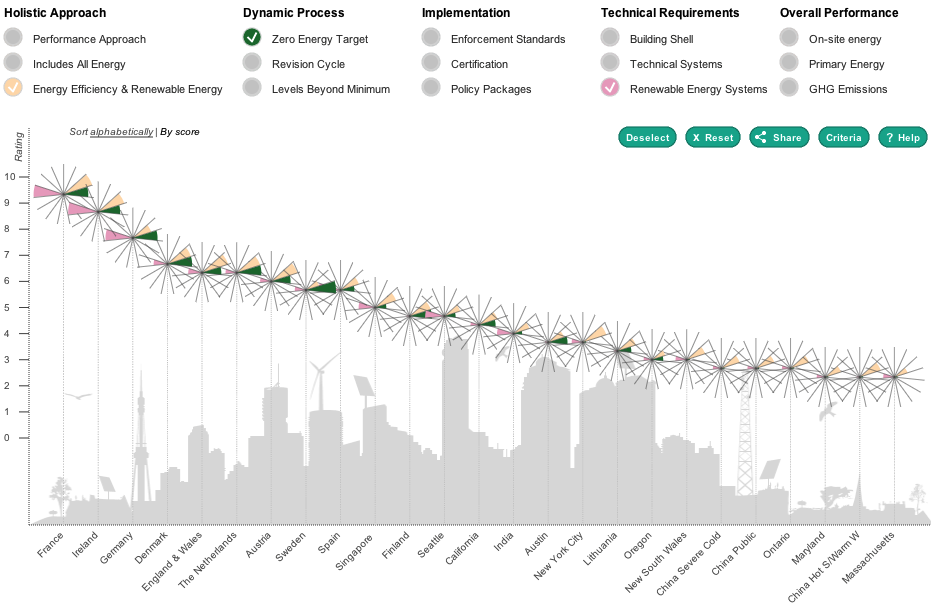 .
.
- IEA, The Medium-Term Renewable Energy Market Report 2014
- GBPN, Buildings for Our Future, The Deep Path for Closing the Emissions Gap in the Building sector.
- IPCC 5th Assessment Report Working Group 3, Chapter 9 “Buildings” – 2014
Related Report Bundles
Share This Story, Choose Your Platform!
Stay in touch with how we’re transforming the buildings sector
GBPN runs innovative building policy reform programs in key regions around the world that aim to tackle the climate emergency by decarbonising the buildings sector. Stay up to date with our newsletter.
Stay in touch with how we’re transforming the buildings sector
GBPN runs innovative building policy reform programs in key regions around the world that aim to tackle the climate emergency by decarbonising the buildings sector. Stay up to date with our newsletter.


